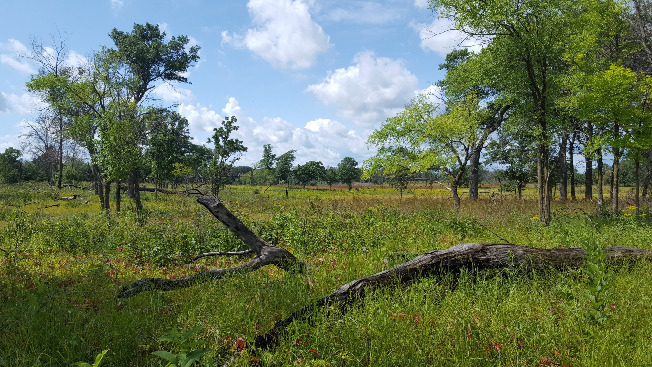Woodpecker Cavity Cam
Finished! Looks like this project is out of data at the moment!

Help researchers explore the world of woodpecker nest cavities and the animals that use them!
Learn moreIf you want to be the first to look at videos, help identify the ones with wildlife in them by choosing the Animal or Not button below. If you would prefer to just look at videos we KNOW have wildlife – many different kinds of wildlife! – choose the Cavity Visitors button. Interested specifically in red-headed woodpeckers? We would love your sharp eyes on the Woodpecker Days and Nights workflow, collecting detailed data about our focal species. NOT ALL WORKFLOWS WILL BE AVAILABLE AT ALL TIMES.
Zooniverse Talk
Chat with the research team and other volunteers!
Woodpecker Cavity Cam Statistics
View more statsKeep track of the progress you and your fellow volunteers have made on this project.
Every click counts! Join Woodpecker Cavity Cam's community to complete this project and help researchers produce important results. Click "View more stats" to see even more stats.
Percent completeBy the numbers
Message from the researcher
Our research is allowing us a glimpse into the fascinating and understudied world of woodpecker cavities and the many different animals who use and compete for this unique resource. Join us to explore the compelling and constantly-changing world of woodpecker cavities!
Woodpecker Cavity CamAbout Woodpecker Cavity Cam
The Woodpecker Cavity Cam project began in 2019 to augment ongoing research and fill additional knowledge gaps about red-headed woodpeckers. We are working to learn more about their nesting ecology and behavior and the many other animals that use and compete for the cavities these woodpeckers create. Researchers at the Cedar Creek Ecosystem Science Reserve, the University of Minnesota, and volunteers with the Red-headed Woodpecker Recovery Project and Audubon Chapter of Minneapolis have collaborated to place trail cameras outside of red-headed woodpecker cavities at Cedar Creek. Now we need your help to go through the thousands of videos we've collected to document how and when different animals use these cavities, and how nest predators and competition may impact nesting red-headed woodpeckers.